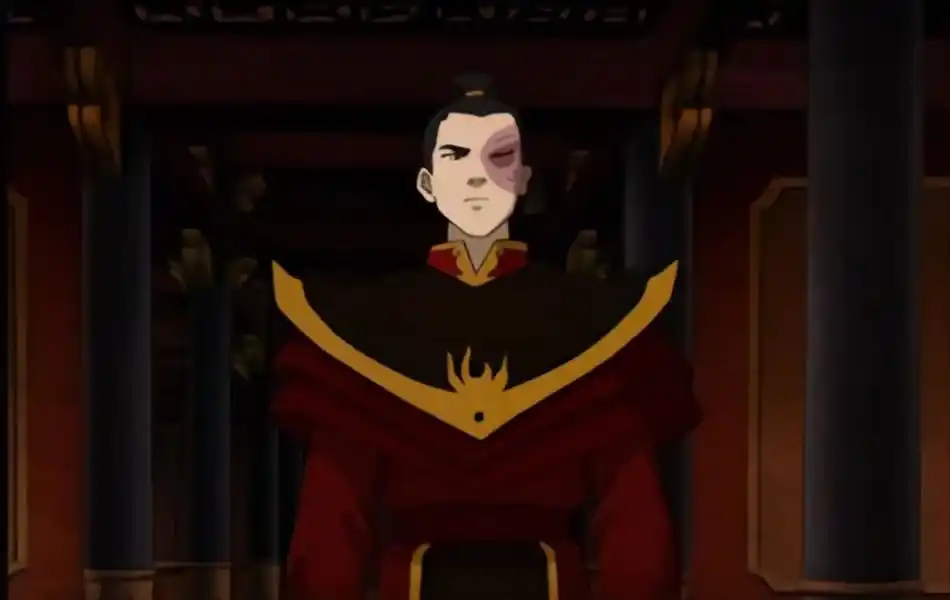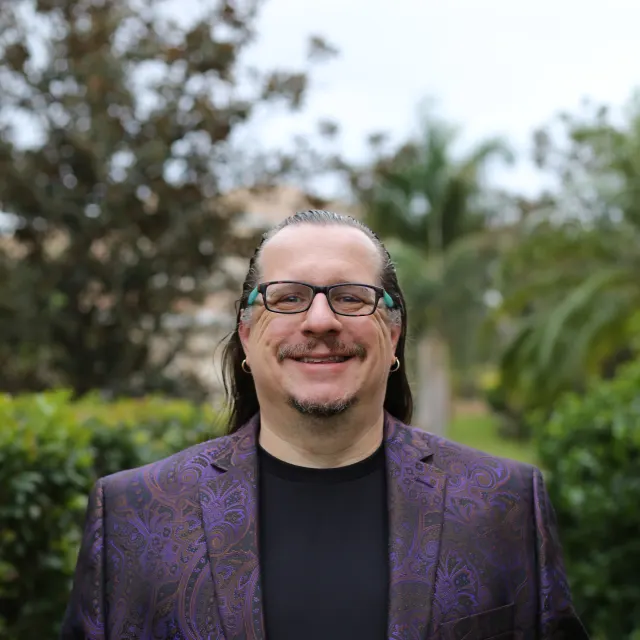There is a post on the Reedsy Blog dated 12 April 2024 which can be informative to those of us who write. I quote from it below:
“A redemption arc is when a previously morally gray (or even downright evil) character turns over a new leaf. But what, exactly, does this redemption look like?
Something to keep in mind is that one good deed does not make a redemption arc. The character you’re trying to redeem needs to develop some maturity, not just act positively once after a lifetime of villainy. Readers want to see someone grappling with their past and ultimately coming to terms with it through reflection and intentional behaviour as opposed to a quick and sudden change — in other words, it has to feel realistic.
As a character recognizes the flaws in their past actions, their arc typically culminates in a pivotal redemptive moment where they selflessly sacrifice their desires — or sometimes even their life — for the greater good or for others. Importantly, this gesture must be significant enough to convincingly atone for all their past misdeeds.
Audiences are drawn to these kinds of stories because we, as humans, are flawed and make mistakes. Seeing characters move past their misdeeds, make amends, and be forgiven by others gives us hope that we too can be offered that same grace.
To get an idea of what that looks like, and to understand the power a redemptive arc can have for a character, let’s look at three popular examples.
Ebenezer Scrooge in A Christmas Carol
Ebenezer Scrooge’s story is a classic example of a redemption arc. From the moment we meet him on a bleak Christmas Eve, we know he’s not a good guy. He’s callous with his overworked, underpaid employee and with the poor who come asking for donations.

While his solitary, penny-pinching ways make his life — and the lives of those around him — miserable, he doesn’t seem like he’s going to change. That is, until the appearance of some ghosts, and a little bit of time travel, challenge Scrooge to re-examine his ways.
The ghost of his old business partner, Marley, and the Ghosts of Christmas Past, Present, and Future force Scrooge to re-examine his life. They remind him of the better man he used to be, what he’s missing out on now, and the way his life will end if he continues on his current path. Deeply affected by what he’s seen, Scrooge vows to change his ways.
Once he returns to waking life, he immediately donates a huge sum of money to the previously-rejected charity, raises his employee’s pay, and goes to his nephew’s Christmas party. Scrooge even becomes a father figure to Bob Cratchit’s sickly son, further cementing his new commitment to doing good.
Zuko in Avatar: The Last Airbender
After being exiled from the Fire Nation by his cruel and demanding father, Prince Zuko has only one goal: capture the Avatar in order to regain his honour. The audience is first introduced to him as he does everything in his power to apprehend the main character, Aang. In other words, he starts the series as a fairly typical antagonist: hard, spiteful, and constantly doing whatever he can to stop the good Aang is trying to do.
But as we quickly learn, there’s far more to Zuko than meets the eye. He struggles with the expectations placed upon him by his father, a man who permanently scarred him (both physically and emotionally) for daring to speak up, and then sent him on a fool’s errand to get him out of the way. Zuko isn’t always sure he’s doing the right thing and constantly struggles to balance his father’s expectations with what he wants for himself — which is to be seen and respected for his achievements, without necessarily doing wicked things.

Eventually, he is allowed to return to the Fire Nation with his honour restored, with the Avatar supposedly dead because of him. But his doubts never go away and he remains uncertain of his decision to “kill” Aang and return home.
When he learns of his father’s plan to burn the Earth Kingdom to the ground, and of his own connection to the Avatar before Aang, Zuko decides he’s had enough. He confronts his father about his abusive treatment and imperialistic plans and declares his intentions to teach Aang firebending so the Avatar can stop him once and for all. Zuko sacrifices the one thing he’s always wanted, his father’s approval, in the name of the greater good — and, in the end, proves himself to be an honourable man.
Boromir in The Lord of the Rings
On the surface, Boromir doesn’t seem like the kind of character who would need a redemption arc. A noble son of the kingdom of Gondor, he joins the Fellowship in their quest to destroy the One Ring with only the best intentions.
However, even he isn’t immune to the Ring’s corruptive powers, and as they continue on their journey, he becomes more and more aggressive in trying to convince Frodo to hand over the Ring to him so he can use it to defeat Sauron once and for all.

This comes to a head when Boromir attacks Frodo in the hopes of gaining the Ring. He doesn’t succeed, but this does break Frodo’s trust in the Fellowship and ultimately causes him to run away to complete the quest on his own. Boromir is consumed by guilt and, though unable to admit to his part in Frodo’s flight, he helps the rest of the hobbits search for them and fights to protect them from orcs — though he ultimately fails. However, he then manages to alert the rest of the company to the hobbits capture and admits how he failed Frodo with his dying breath.
Boromir recognizes where he went wrong, and though he can’t make it up to Frodo, he proves himself a decent man in the end by defending his friends and giving the remaining members of the Fellowship a chance to save themselves.
There’s no one correct way to craft a redemption arc. Every character is different and so is their journey. But there are some key elements you should include to successfully convince your reader of a character’s change of heart.
4 tips to write a redemption arc
1. Show them at their worst
First impressions make or break character. If you want the reader to root for them, you typically paint them in a good light from the start, perhaps by having them be generous to strangers or kind to children.
But when your character is in need of redemption, they likely won’t start off in such a good place. In fact, you want to show how terribly they’re doing, the evil deeds they’re committing, the way they’re being callous or pushing others too hard.
For example, when we first meet Prince Zuko, he’s clearly positioned as the antagonist. He’s hunting Aang and attacks a defenseless village in an attempt to capture him, leaving a wake of destruction behind him as he goes.
Showing your character at at their worst provides a stark contrast and sets the foundation for their redemptive journey, making the reader ask 一 will they ever change? And if so, how?
2. Hint at why they are the way they are
Nobody exists in a vacuum, and past circumstances influence who a character is now. Perhaps the death of a loved one pushed them down a dark path, or the rejection of a parental figure altered the way they look at the world. Whatever it is, show the reader the motivation behind a character’s actions.
This is important no matter what kind of character you’re writing — whether villain, hero, anti-hero, or soon-to-be-redeemed villain — but it’s especially important when dealing with a character you want the reader to give a second chance.
When we can understand a character’s motivations, we’ll be more likely to see their redeeming qualities and want them to do better. It doesn’t excuse what they do, but it offers an explanation, which allows a reader to sympathize, or even empathize, with them.
3. Give them a moment of realization
As your character moves along their journey, they’ll learn new things about themself, achieve new perspectives, and perhaps have their morals and ideals challenged. These many small moments and thoughts will chip away at a character’s set ways until eventually, it crescendos into a defining moment. This is when they finally see the error of their ways and choose to set out on a different path — if not towards outright good, then at least to something better.
4. Let them atone through sacrifice
Demonstrating the character’s commitment to their new way of being is an essential aspect of the redemption arc. Actions speak louder than words, after all. To prove to both the audience and their companions how serious they are about changing, and to make up for their previous mistakes, a sacrifice will show their commitment.
Many classic redemption stories will have a character heroically lay down their life for a new cause. While this is the ultimate form of sacrifice, and can be an impactful way to conclude a character arc, it’s also become something of a cliché. As an alternative, consider what else your character might sacrifice. Perhaps it’s their wealth, a prestigious position, or even a relationship that they give up in the name of the greater good.
Whatever the sacrifice is, it should be big and important enough to your character that it would’ve been unthinkable for them to cast it aside when we first met them. With that, their redemption will be solidified and they will emerge a new person.”








